48 Hours in Rügen Island
Introduction
An abandoned holiday resort built by Hitler, white chalk cliffs, old churches and cemeteries, white sand beaches filled with agate, flint and pieces of amber, lonesome lighthouses and mini steam trains- mix all these elements together and you begin to understand why Rugen Island is an island like no other.
During the GDR years, it was hidden from the eyes of the world, functioning as a place of escape for Honecker and his cronies. It’s only now, post re-unification, that Rugen Island is beginning to emerge from the shadows of it’s dark past and tourists are beginning to discover the treasures of this lesser known corner of Germany.
What’s it like to spend 48 Hours here?
Read on and find out in my 48 Hour Guide to Rugen Island.
3pm
Check-in Jugendherberge Prora
I arrive late in the afternoon at the Jugendherberge Prora.
It’s a pleasant four hour train journey from Berlin.
It’s probably the most unusual hostel I’ve ever stayed in.
The whitewashed building controversially occupies one half of the 6 storey buildings that line the deserted stretch of beach at Prora.
These ugly, withered buildings have a tainted and poisonous legacy. They were originally built as Butlin style holidays camps by Hitler to house upto 20000 soldiers as part of his Kraft-durch-Freunde (strength through joy) programme.
Rugen was one of Hitler’s favourite retreats.
However, as history tells us, not one single person stayed here.
The outbreak of WW2 left building work incomplete. Hitler’s vision remained unfulfilled. The buildings have been lying in this incomplete, abandoned state since then.
After checking in, I go for a ramble along the long stretch of Prora’s coastline, checking out these ghoulish looking buildings that stretch for 2.5 kms.
The endless stretch of these hideous concrete buildings shrouded in darkness with boarded up windows give me the eerie feeling of being in some dystopian post-apocalytic world.
I have visions of zombies appearing from the darkness and devouring me.
In the midst of these white washed buildings, lies the hostel which functions mainly as a place for school groups to stay in and learn about the dark history of the place. As I discovered during my stay, the hostels attracts a few lone solo travellers, families and couples. As the manager explained to me later, it’s a difficult job attracting people to stay here in Rugen. While it is tough to accept the reality of what happened here, whilst respecting the past, the islanders have to look to the future and create a new vision of Rugen Island. The lack of good quality budget accommodation on the island means that the hostel is offering an important alternative for tourists visiting the island.
Just in front of the hostel is a beautiful stretch of deserted white sand beach. I sit there for most of the evening coming to grips with the place and trying to look beyond it’s history. It’s a nice, warm evening. It looks blissful and idyllic with a young family splashing around in the water. Looking at them, some might think that Hitler’s vision has been fulfilled. I hear that there are plans to convert some of the empty buildings into luxury hotels. This for me is probably a step too far. I can understand the need to move on but also at the same time, you have to respect the past.
Staying at Jugendherberge Prora may not be everyone’s cup of tea.
The only way we can learn from the past is confronting it and learning from those mistakes. In this light, it’s a commendable and brave decision to create the hostel. The staff are friendly and extremely helpful. The rooms are clean, bright and quite modern. Breakfast is very generous and fantastic with lots of fruit, fresh bread rolls, cold meats and yoghurts. However, being in such a huge building, without the hordes of teenagers, it does have that deafening silence which can be depressing. I don’t know if I would come back to stay here. Part of the reason I travel is to learn and with that perspective, my stay here was an enrichening and valuable experience that will stay with me for many years to come.
I read a book, have dinner at the hostel which is filling and decent (€7) and decide to have an early night.
Cost: A bed in a 4 bed dormitory on a B&B basis starts at €23.50 per person, per night
9:30am Breakfast at the hostel
I wake up the following morning, slightly less weary and more upbeat. After a nice breakfast at the hostel I am ready for the day.
10am Off to the ‘stony sea’ at Neu Mukran
I decide to head upto Sassnitz using the local RPNV Buses network which conveniently has a stop right within the compound of Jugendherberge Prora. I recommend buying a day ticket which costs €9 or if you plan to visit the Königsstuhl National Park Centre, you can buy a combined ticket for €17.90 which gives you free entry to the centre.
My first stop is a little known spot of Neu Mukran. I came here with the objective of finding the unusual sight of a field of flint stones. Locally called the Steinernes Meer (“stony sea”) the field covers an area of 40 hectares. Sadly, I couldn’t find it (it is in the northern part of the heath of Schmale Heide, a pine forest and is a 2-3km walk from the car park at Neu Mukran) but if you are in the area this is a geological oddity worth checking out. On the stony beach near the car park of Neu Mukran I did however find significant deposits of flint so it was not an entirely worthless detour.
12pm Off to Sassnitz
Back on the bus (every half hour from Neu Mukran ) I’m on my way to the fishing port of Sassnitz.
It was the first holiday resort on the island and walking around the town amidst the rabble of souvenir shops there’s still plenty of visible signs of the GDR era concrete monstrosities.
I was quite fond of this abandoned building in particular- ‘Stubnitz Lichtspiele’ with it’s bright coloured letters standing out against the worn out façade. I understand that it was originally a cinema and later had degenerated into a pub and then a nightclub before being closed down.
1:30pm Seafood lunch with a difference at the Fischkutter SAS 001 ‘Heimat’
The harbour in Sassnitz still has plenty of charm where you watch the German sailboats dock. It was here I discovered the Fischkutter SAS 001 ‘Heimat’. You can enjoy their fischbrotchen -freshly cooked mackerel, prawns, butterfish or salmon in bread from around €2.80 and also try tasty snacks like ‘Sprotten to go’ for 1 euro. Smoked on the premises, Sprotten is oily and tastes like mackerel.
Cost: Butterfish in bread and ‘sprotten to go’- €3.80
2:30pm I discover a… British Submarine Museum!
Walking further up the harbour admiring the fishing boats I suddenly discover a submarine museum.
Seduced by the brochure ‘Dive deep into your wildest phantasies and explore the amazing world of H.M Submarine OTUS’, I spend a cool hour checking out the submarine museum.
How HMS Otus came to Rugen Island is a mystery but it served for 28 years in the British Royal Navy and was active during the Falkland War and also in the 1991 Persian Gulf war. From the torpedo hatch to the sleeping quarters and the periscope – you can see everything.
Cost: €6
3:30pm The While Cliffs of Rugen Island- Jasmund National Park
Even though it’s just 4 hours by train from Berlin, Rugen really feels a world away from all the places I’ve been in Germany. It’s this unworldly charm that attracted luminaries like Einstein, Christopher Isherwood and also a certain Casper David Friedrich, the great German landscape painter who immortalized the white chalk cliffs of Rugen in memorable works like Kreidefelsen auf Rugen.
Having lived in Britain for many years, I’ve always associated white cliffs with Dover so it was a surprise to discover the large chalk cliffs here- the largest in fact in Germany, rising 161 metres above the Baltic Sea. Behind the cliffs, the rich vegetation of beech forests here date back to thousands of years and were added to the UNESCO World Heritage List. The cliffs which have been subjected to severe erosion and the beech forests are now protected by the National Park Authority who manage the flow of tourists to the area and maintain the visitor facilities (paths, steps etc).
The bus drops you off right in front of the Königsstuhl National Park Centre. The centre offers visitors an interactive exhibition, a multi-vision theatre and guided tours of the area. The highlight of the centre is the outdoor viewing platform which offers a stunning view of the Königsstuhl, (King’s Chair) one of the most impressive cliffs on Rügen’s chalk coastline. Looking at the Königsstuhl from the viewing platform with the white boat in the distance for me was reminiscent of Casper David Friedrich’s famous painting, Chalk Cliffs on Rügen.
There is a path that leads down to the beach at Konigsstuhl. It’s quite a steep but easy descent involving 500 or more steps but once you are on the beach, the views of the white cliffs are absolutely breathtaking.
I spent hours here listening to the waves, smelling the sea and tasting the salty sea air.
I walked over tangled trees lying dead on the seashore which were victims of constant erosion of the while cliffs above me.
I combed the rocky beach it to see if I could find the famous ‘black gold’ Amber which the Baltic Sea deposits on the coastline of Rugen Island.
I was informed by the hostel staff that the best chance of finding Amber is after a storm so I guess I have come back when the weather is much more worse…
In the end my search was not productive but I found some jasper, flint and I think rose quartz…
9pm Dinner at Monte Vino, Binz
It was still a beautiful evening so after reaching Prora, I went for a nice long walk down the beach to Rugen’s most colourful resort town, Binz.
It took me almost 2 hours to get there (9kms between Prora and Binz) but I enjoyed the lazy walk by the beach.
Binz, itself is a glitzy resort packed with ornate beautiful 19th century villas and the usual mix of very touristy shops and beachfront restaurants that exclusively cater to tourists. I headed away from the beachfront and discovered a charming Italian delicatessen/restaurant/wine shop called Monte Vino.
It has a limited but nice menu and excellent wine list. I went for the Spaghetti with Pesto (€6.50) and a small glass of Shiraz (€2.30)
Cost: Dinner at Monte Vino- €8.80
Note Bus service to Prora from Binz is quite limited after 9pm so do keep a bus timetable handy if you are taking the bus back to Prora.
Day 3
10am A step back in time- a trip on the famous Rasender Roland steam train
I have a few hours to kill before catching my train to Hamburg so I’ve decided today to take a step back in time and go for a ride on the much loved local steam train Rasender Roland.
The Rasender Roland is not just a pleasure ride and eye candy for tourists. It conveniently connects Binz with other resorts along the coastline and is popular with locals. Before the journey, I decide to drop into their steam train themed restaurant where customers are served beer by ladies in the conductor’s uniform. Charming.
I enjoy a nice Lubzer beer in the spring sunshine before the steam train finally rolls into station.
It’s been a long time since I was on a steam train. I was just 4 years old I think, in Bronte country riding the Haworth steam train.
The ride definitely brought out the 4 year old in me -was so much fun. Hanging my head out of the carriage, smoke in my face and wind in my hair.
It’s a great way to soak in the beautiful landscape of the island and lose yourself in a world and way of travel long forgotten.
Return train journey from Binz to Gohren costs just €10.80 and journey lasts 40 minutes, each way.
1pm Lunch at ‘Die Raucherei’, Gohren
With it’s beautiful white sand beach and lukewarm spring sunshine it was the perfect afternoon to be by the seaside in Gohren.
For lunch, I visit the ‘The Smokehouse’ or ‘ Die Raucherei’. It has a nice rustic ambience and the seafood specialities here include their delicious herring sandwiches and their fishsoup which has won national awards. I go for a bowl of their hot spicy ‘rote’ soup (€4.50) rich in garlic, mussels and herring accompanied by some bread and a small glass of the Lubzer pills (€2.50).
Cost: €7
3pm Sanddorn ice-cream at Ubersee café
Before hopping back to Prora I have time to try one more thing- sampling the unique, local ‘Sanddorn’ ice-cream at the stylish Übersee café and also enjoying a friendly welcome from one of the locals who had popped out of the shop to greet me.
Cost: €1.80
Rugen Island Getting there and away
IC trains connect Binz to Hamburg (€44.20, four hours) and Berlin (Sparpreis €29 fare available if booked in advance via Bahn.co.uk or standard fare €46, 4 hours )
Alternatively, fly into the Lubeck which is served by the low-cost airline Ryanair and then from Lubeck Hauptbhanhof to Binz (Sparpreis €29, booked in advance via bahn.co.uk , standard fare starts at €41.50, 4 ½ hours )
Total cost 48 Hours in Rugen Island
2 nights in Jugendherberge Prora ( 4 bed dormitory) €47
Dinner at Jugendherberge Prora €7
1 day ticket (including access to Königsstuhl National Park Centre) €17.90
1 day ticket on RPNV €9
Butterfish in bread and ‘sprotten to go’ at Fischcutter ‘Heimat- €3.80
HMS Otus €6
Lubzer beer at Rasender Roland railway station café €2.50
Return train journey from Binz to Gohren via the Rasender Roland €10.80
Lunch at ‘Die Raucherei’, Gohren €7
Sanddorn ice-cream at Ubersee café €1.80
Total: €105.80
Thank you to the German National Tourism Office, their partners for the ‘Youth Hotspots’ campaign – Jugendherberge : The German Youth Hostelling Association and Deutsche Bahn for sponsoring my ‘German Wanderlust’ tour.
Special thanks to Martina Dege for her awesome tips of Rugen Island
I was touring Germany as part of an effort to highlight and discover the country’s emerging ‘Youth Hotspots.’
Find out more about these hotspots at their website, feel free to add your own and also do download their free youth hotspots app that is now available on the Apple Store & Android Store .
Please note: While my trip has been sponsored, the views and thoughts represented in this article are my own.

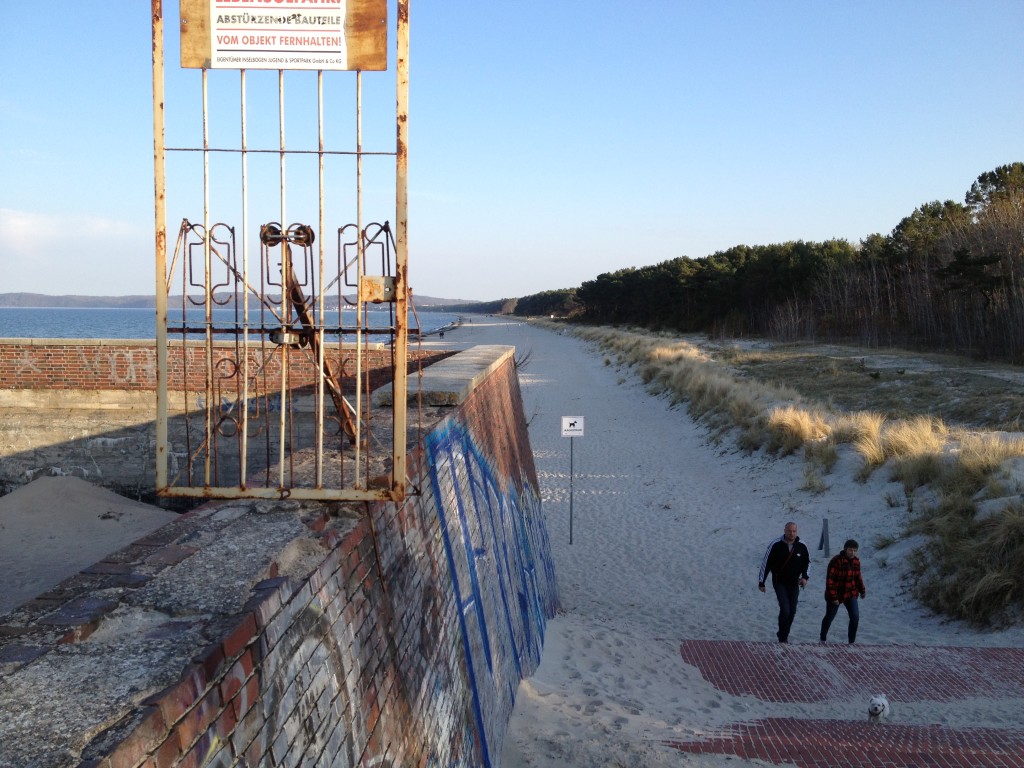
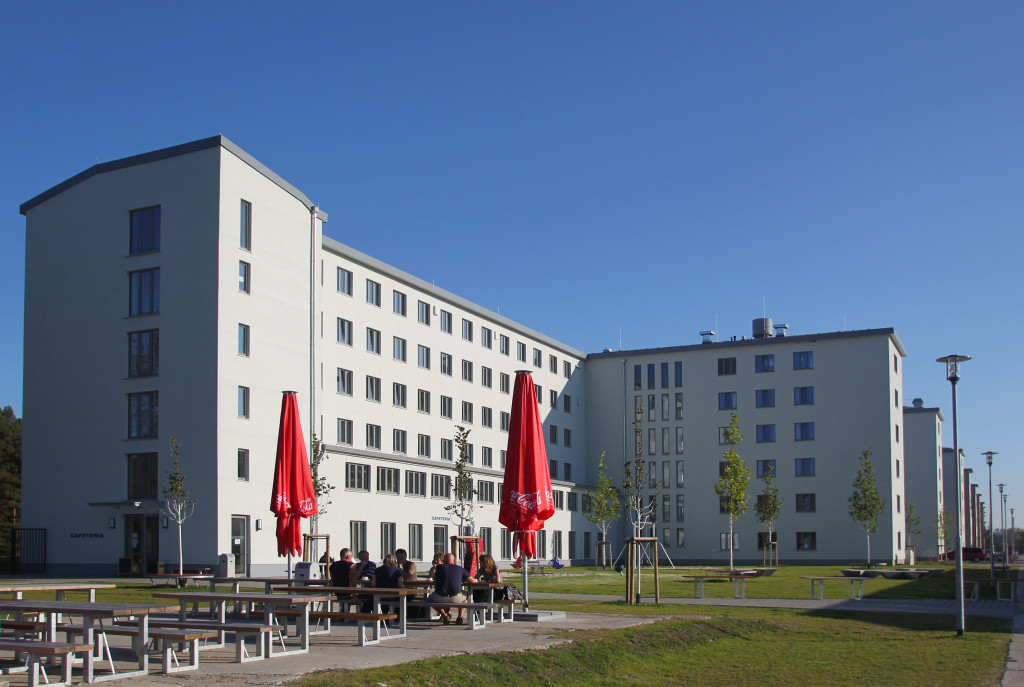
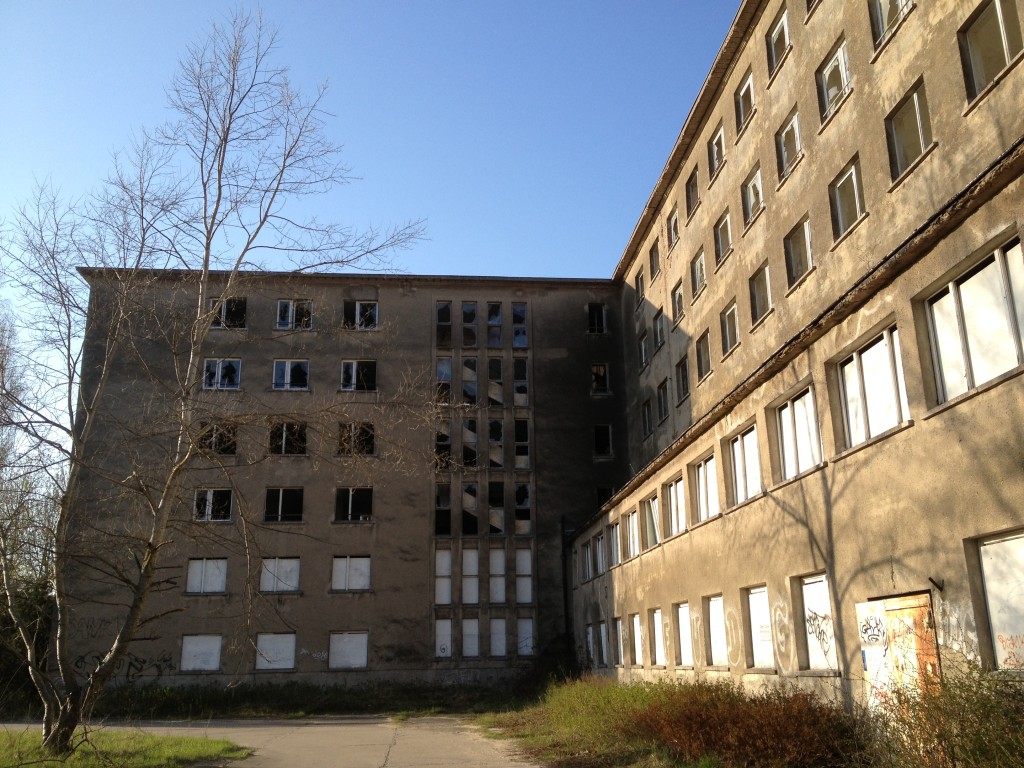
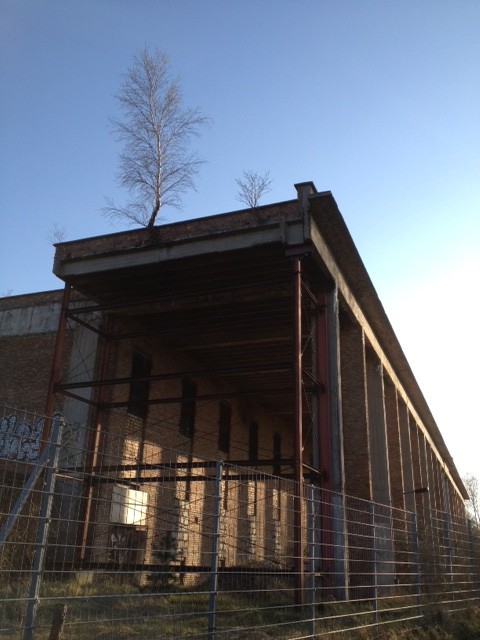


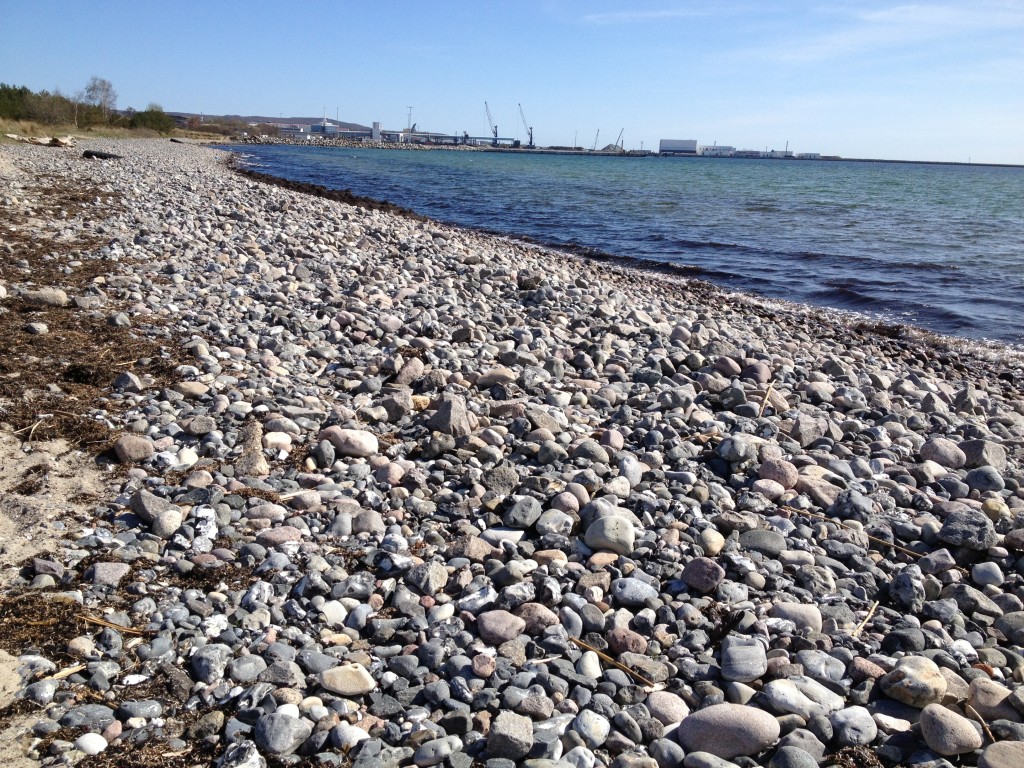
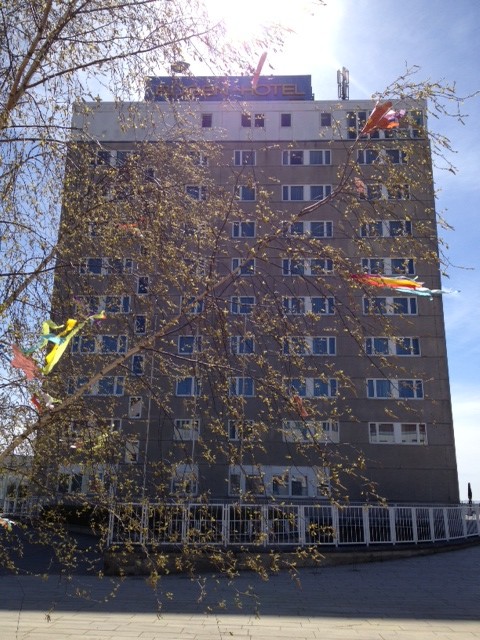
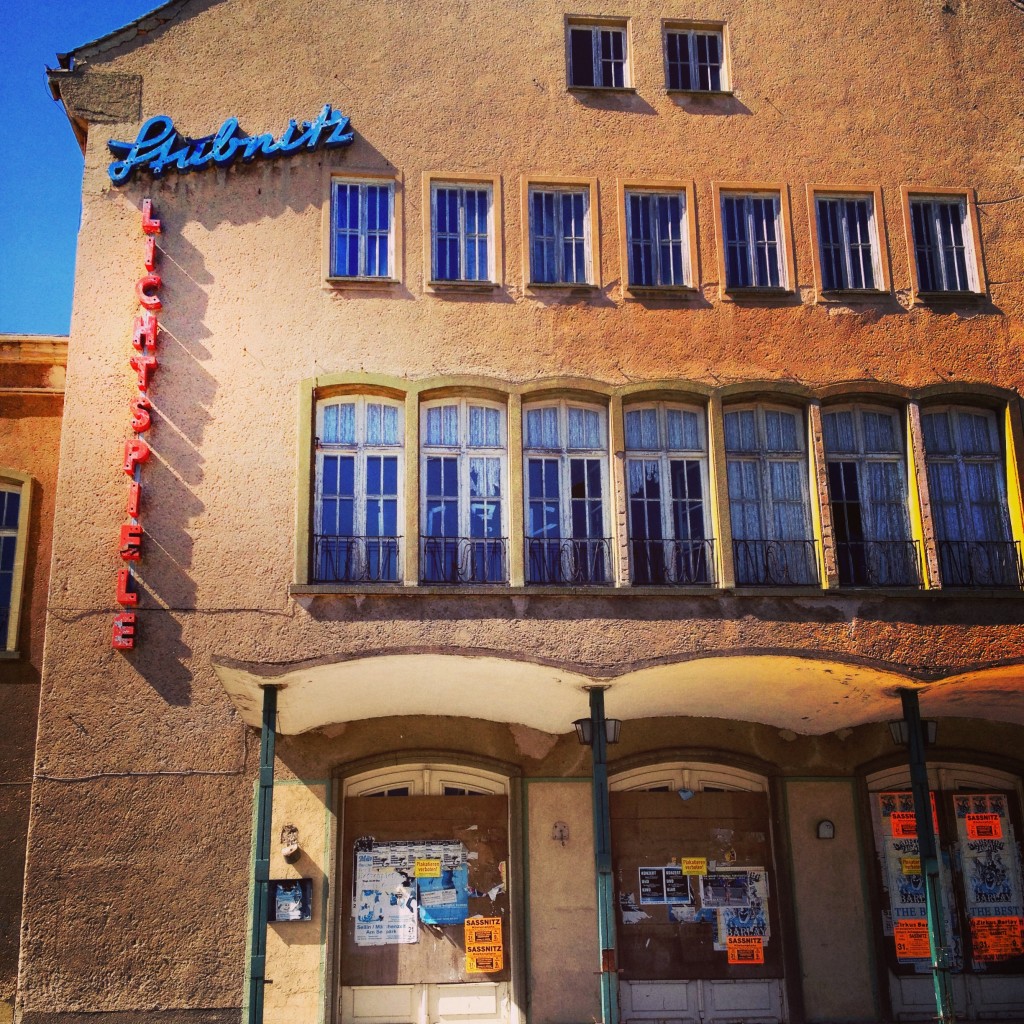
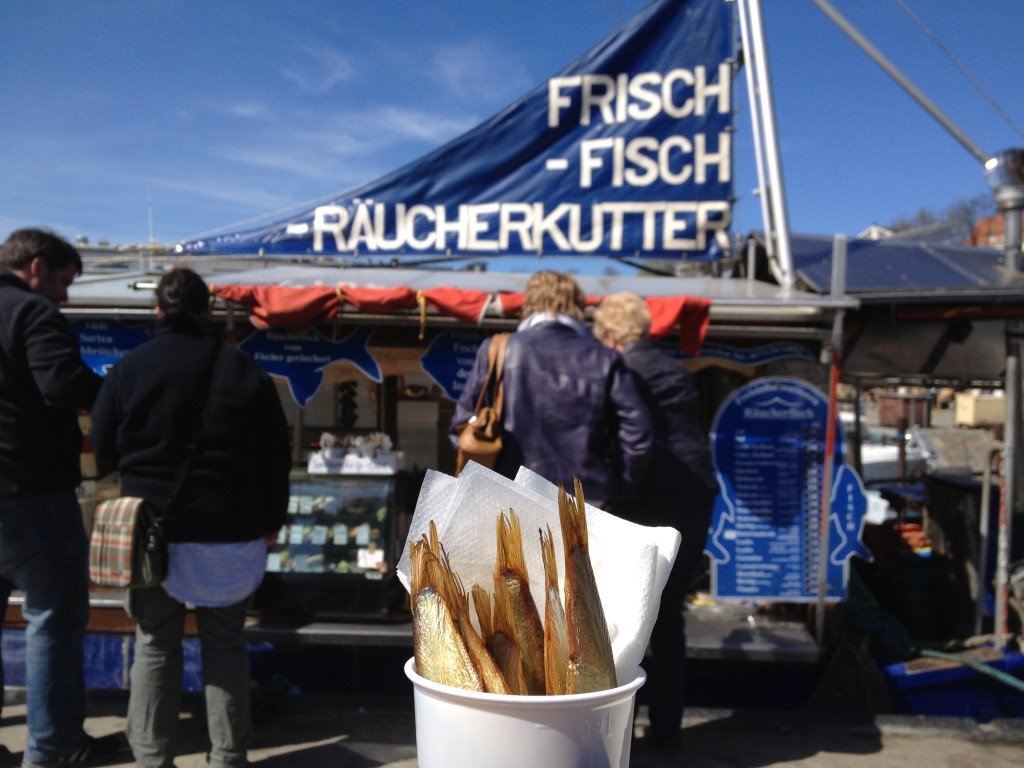
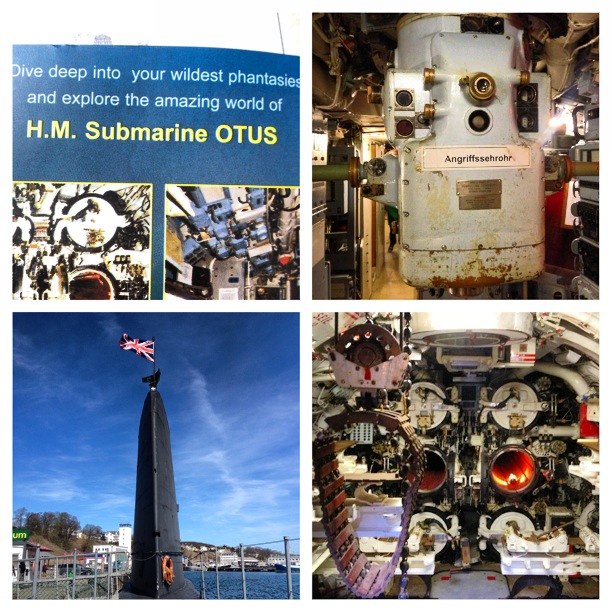
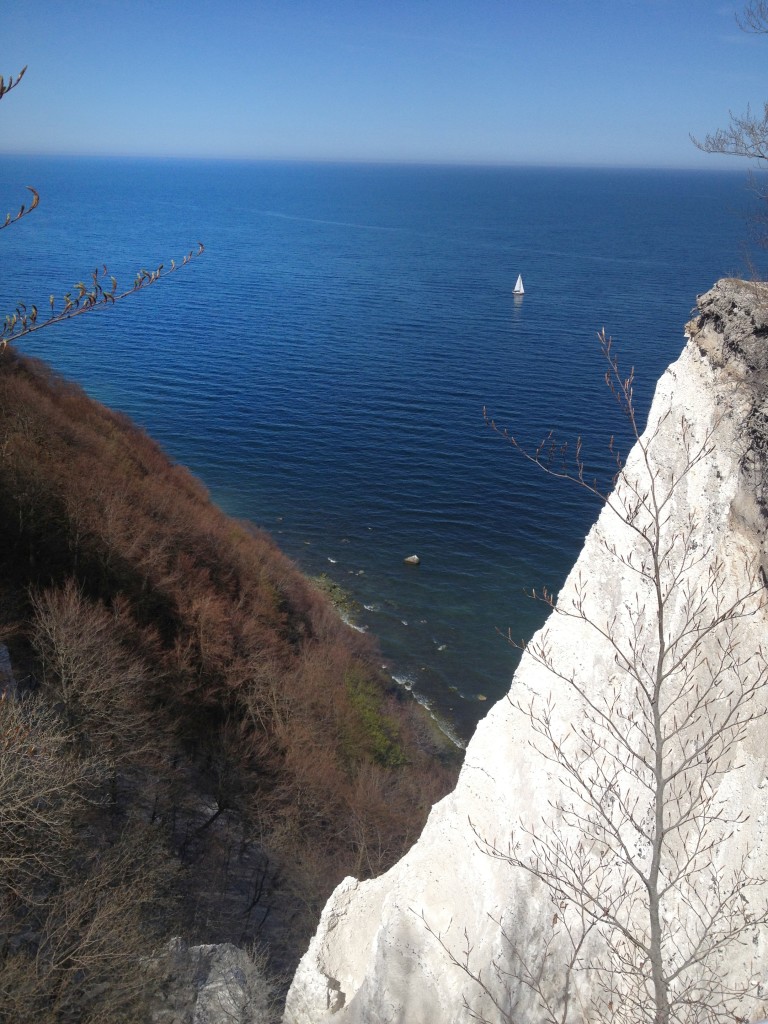
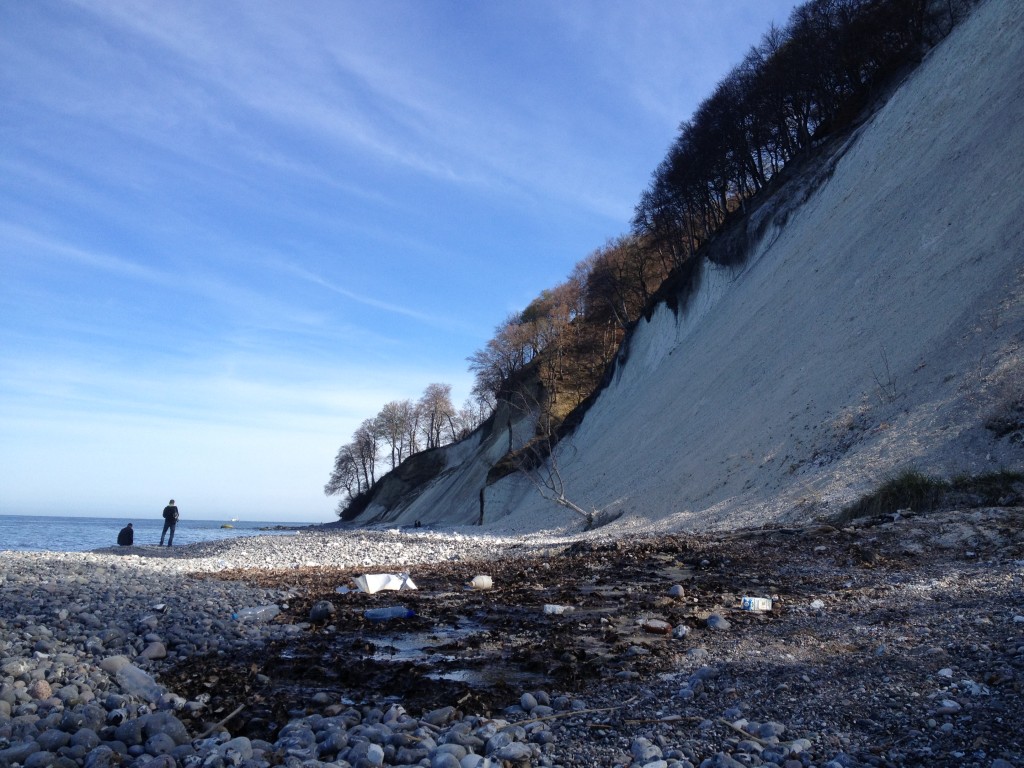
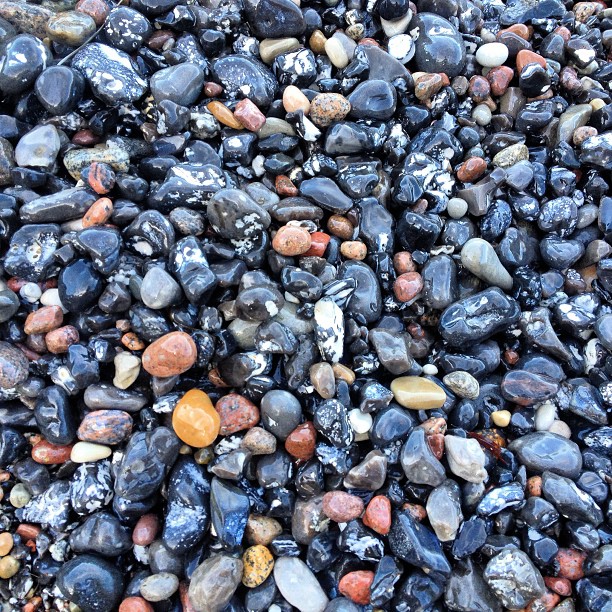
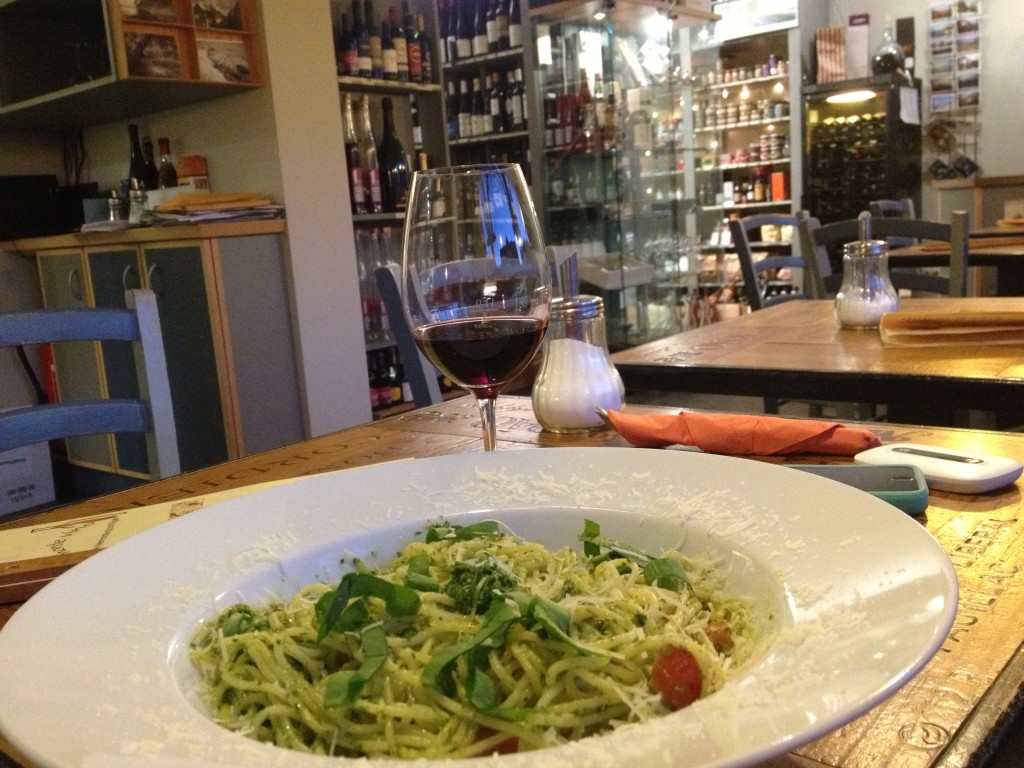
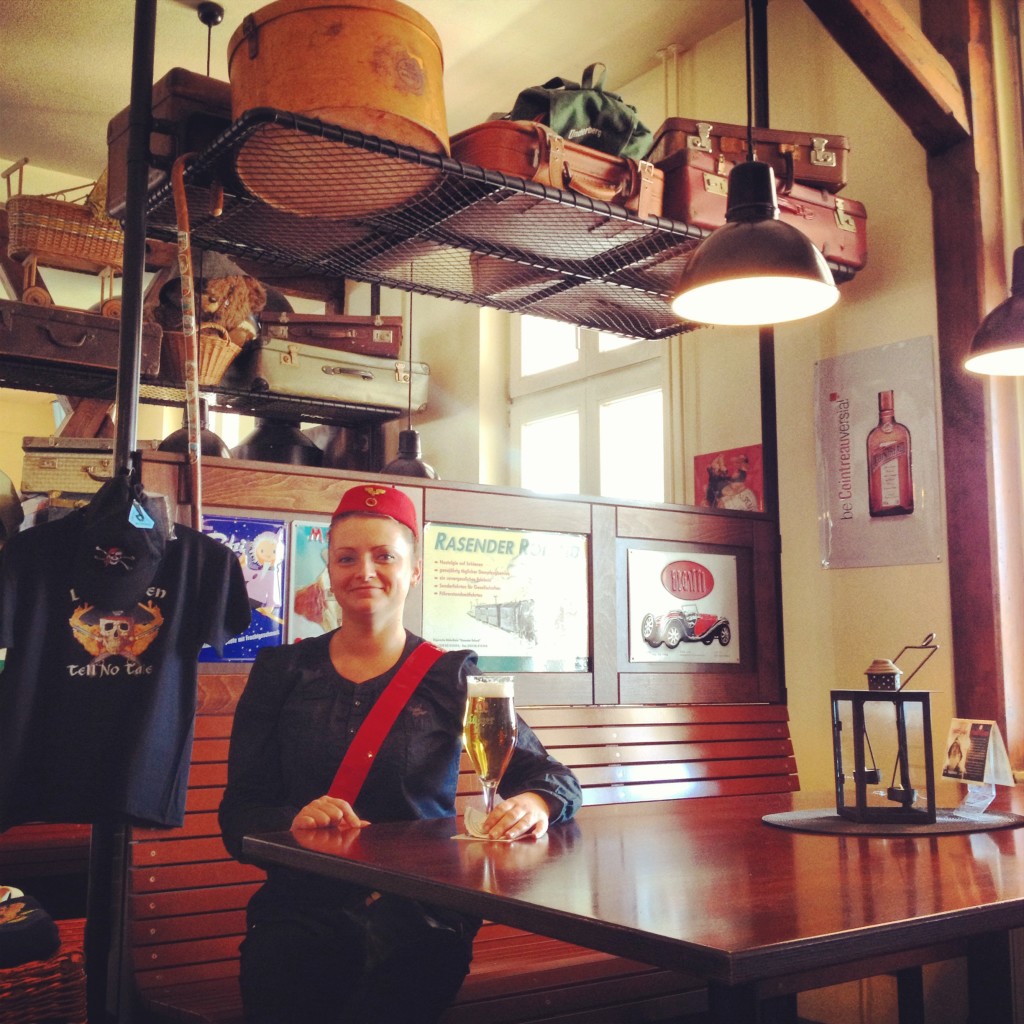
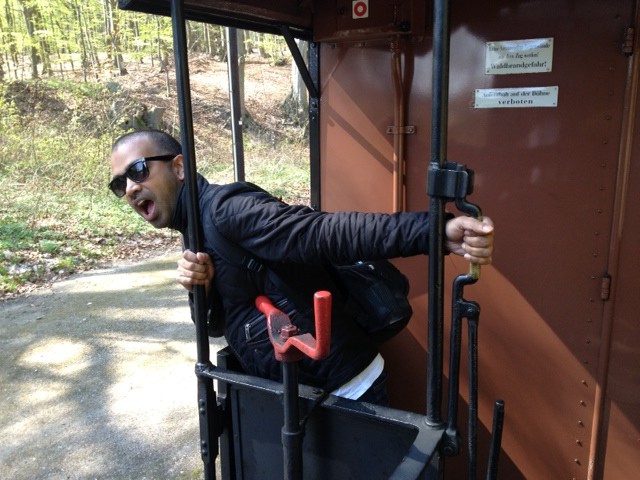

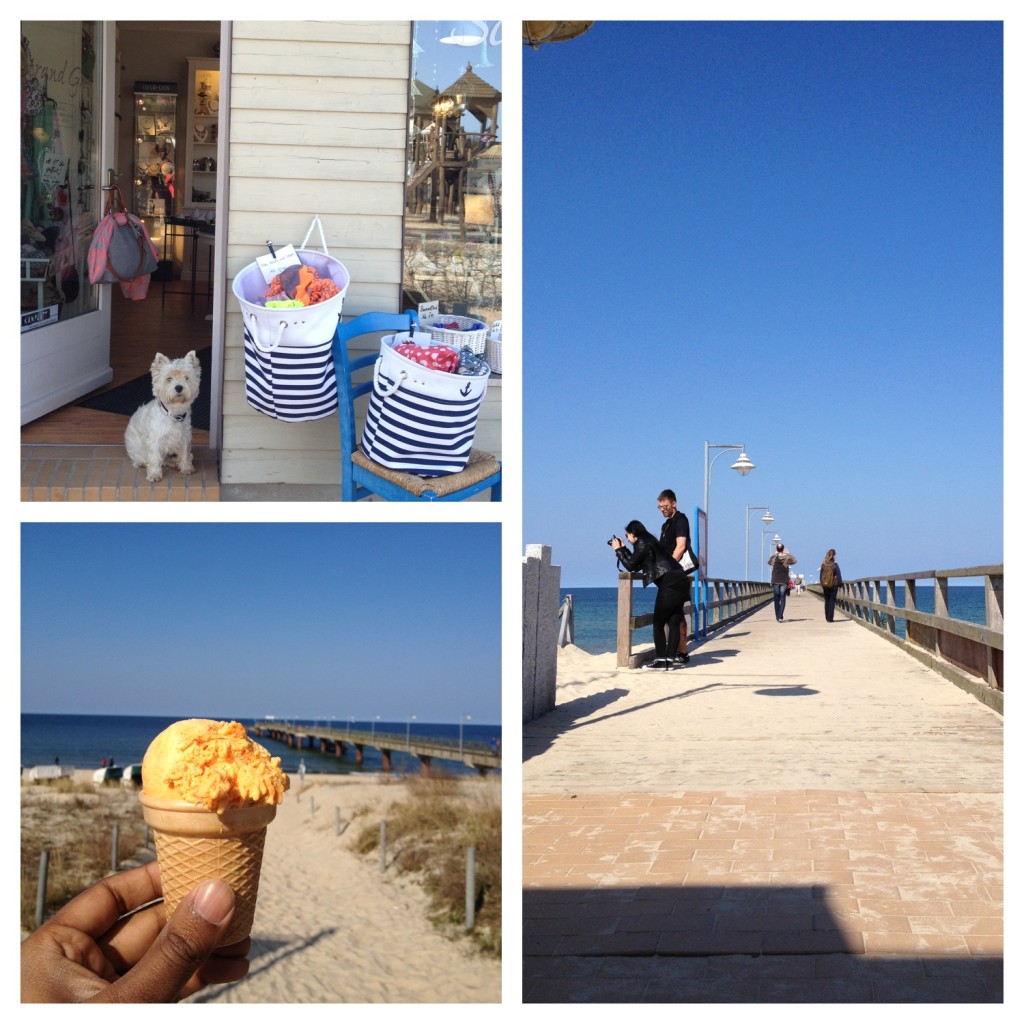
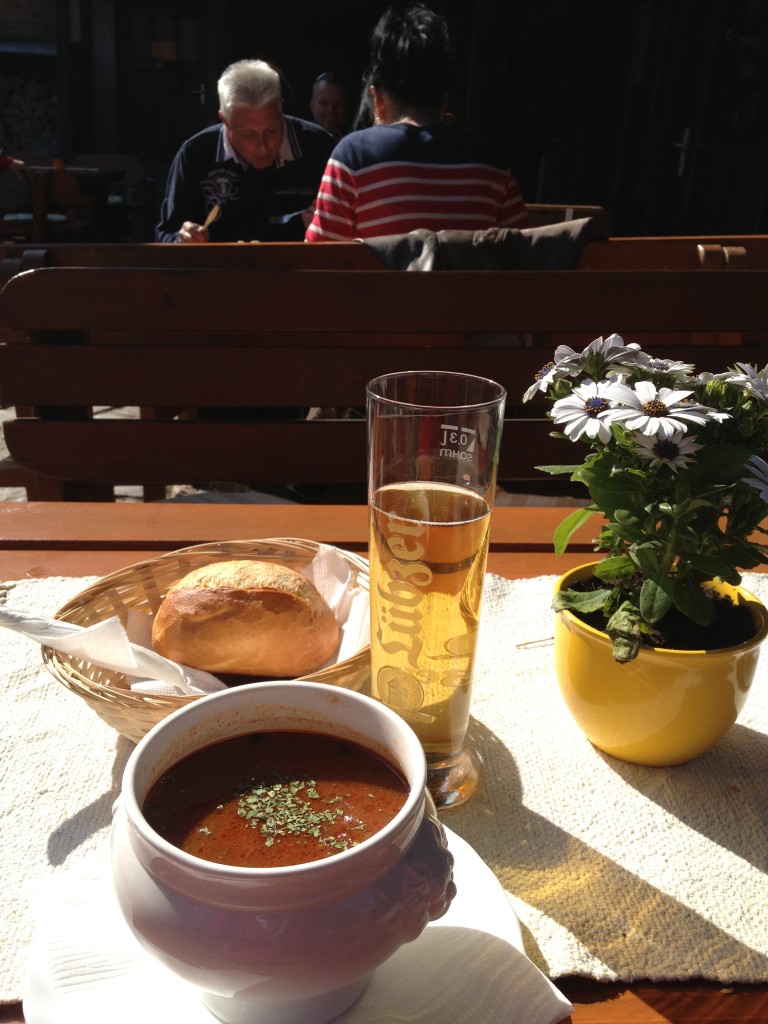
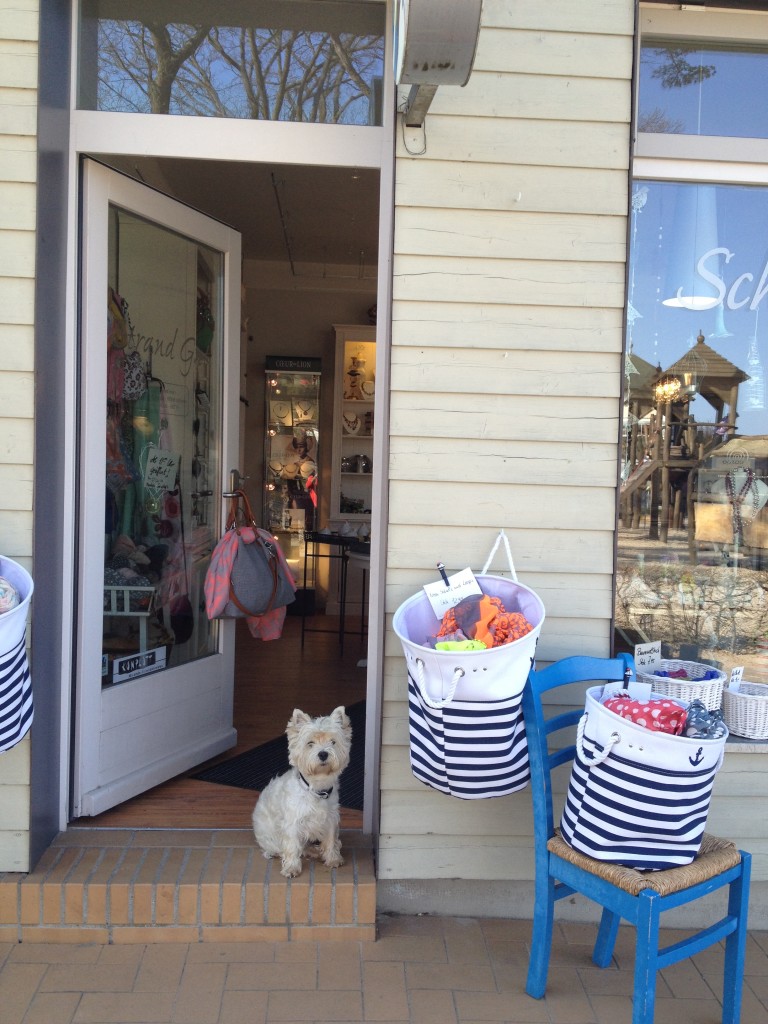
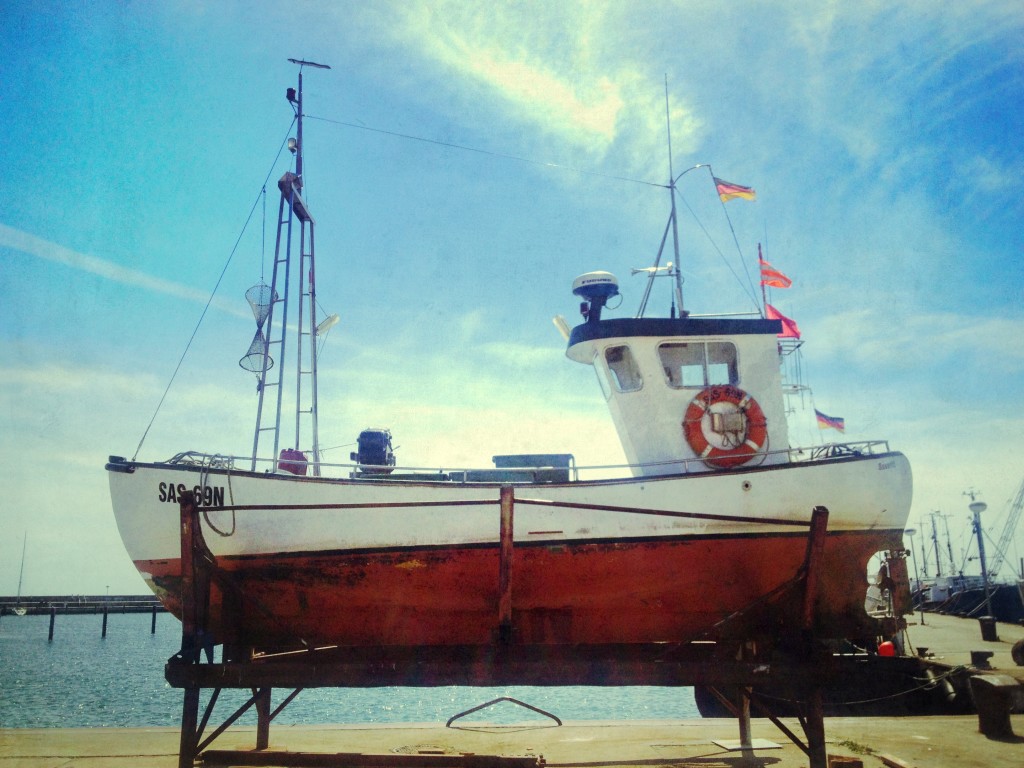
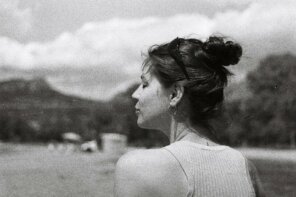
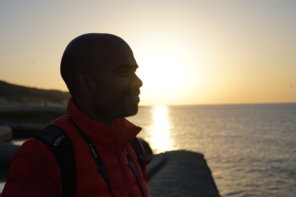
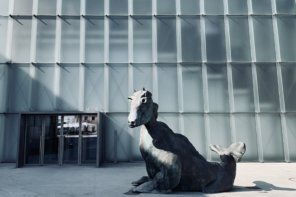
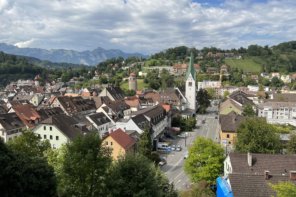
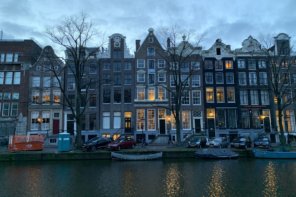


Hi Kash,
Just writing up our new Inntravel cycling holiday on Rugen, so thanks for this article – very useful background!
Cheers & all the best,
Steve